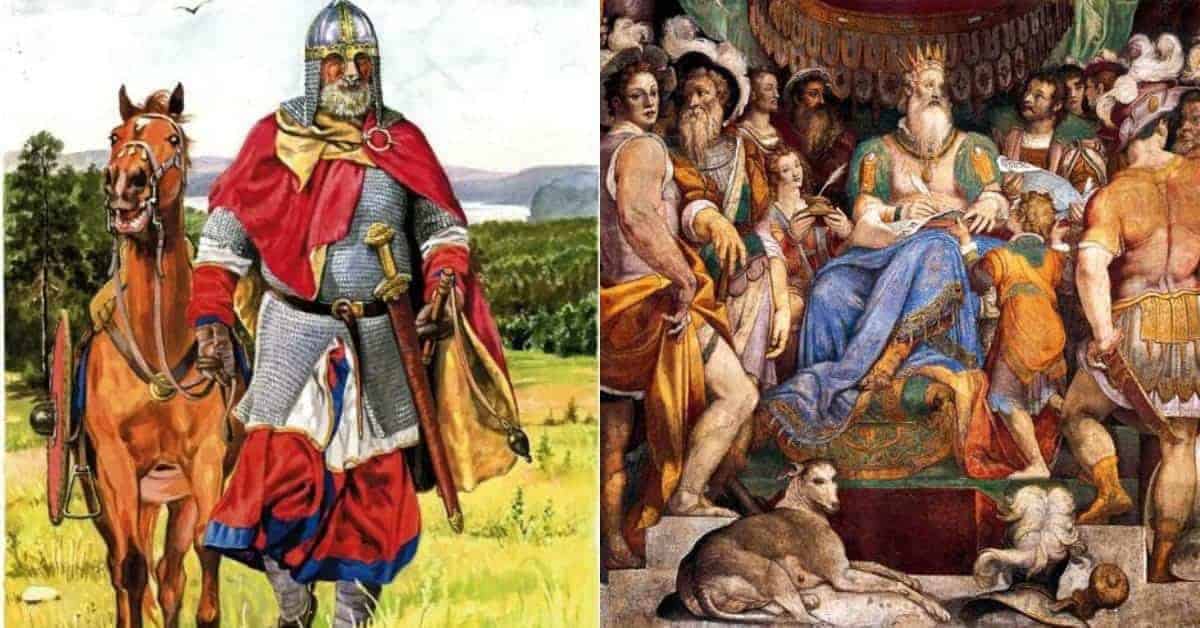Discussions of kingdoms and empires typically involve the usual suspects such as the Romans, Ottomans, Greeks, Persians, Egyptians, and Mongols. In fact, we talk about these civilizations so often that it is easy to forget about the countless other kingdoms and empires that existed throughout history. Here are just 8 of the dozens of lesser-known kingdoms and empires.
1 – The Mauryan Empire (322 BC – 187 BC)
A great general named Chandragupta Maurya founded this relatively short-lived empire. Although it lasted for less than 140 years, it was the largest ever created in the Indian Subcontinent. At its peak, it spanned almost two million square miles during the reign of Ashoka (268 – 232 BC).
With the aid of a man named Chanakya, Chandragupta founded the empire at Takshashila. According to legend, Chanakya traveled to a kingdom called Magadha and was insulted by its king, Dhana Nanda. Chanakya swore revenge and vowed to destroy his new enemy. It is also alleged that Alexander the Great reached the Beas River at this time but refused to cross as he did not want to fight Magadha. He died soon after, and his empire became fragmented.
Chandragupta stepped into the vacuum and subjugated the western border states of India. He invaded Magadha and killed King Nanda. He proceeded to expand his kingdom over the next quarter of a century with a combination of trickery, combat, diplomacy, and alliances. He abdicated in 298 BC and allegedly became a Jain monk while his son, Bindusara, became the new ruler. Bindusara was an able leader and continued to expand the empire along the southern borders. When he died in 272 BC, his son Ashoka became the new leader.

Ashoka inherited a large empire but went to war with a small kingdom named Kalinga which he eventually conquered after a long and bloody war. Thereafter, Ashoka focused on maintaining peace and patronized Buddhism. The empire reached its peak as Ashoka did not attack another kingdom during his reign. Once he died in 232 BC, he was succeeded by a number of weak rulers and the kingdom began to disintegrate.
Over the next half-century, Maurya holdings started to dwindle, and in 185 BC, King Brihadratha was assassinated by the leader of his personal guard, a general named Pushyamitra Shunga who went on to form the Shunga Dynasty which lasted a little over a century. The fall of the Mauryan Empire apparently led to the persecution of Buddhists and the revival of Hinduism; although historians such as Romila Thapar believe claims of religious persecution are greatly exaggerated.

